With amateur radio, reaching out to people on the other side of the planet is no big deal. With the right antenna and favorable propagation conditions, hams can chat over thousands of miles using less power than a 40-watt light bulb. This relies on using the ionosphere to skip signals over the horizon using traditional antennas with a low takeoff angle. This results in a dead zone out to around 300 miles or so, as the signal completely misses antennas in this range.
To get around this limitation and use the high frequency (HF) bands regionally, near-vertical incidence skywave (NVIS) propagation can be used. This mode requires an antenna with a nearly vertical takeoff angle which bounces the signal off the ionosphere almost directly back down to earth. This covers a radius of about 200-300 miles around the antenna, allowing regional communications on the HF bands.
There are several designs for NVIS antennas, most of which are simple dipoles mounted within a fraction of a wavelength of the ground, sometimes using simple long wire reflectors to shape the beam. These are easy to construct but take a lot of space, and are not particularly portable.
The US military developed a man-portable NVIS antenna, the AS-2259, to allow NVIS-mode HF comms in the field. Once abundant in the surplus market, these antennas are hard to find now, so this project aims to build a similar antenna using common DIY parts.
 Dan Maloney
Dan Maloney
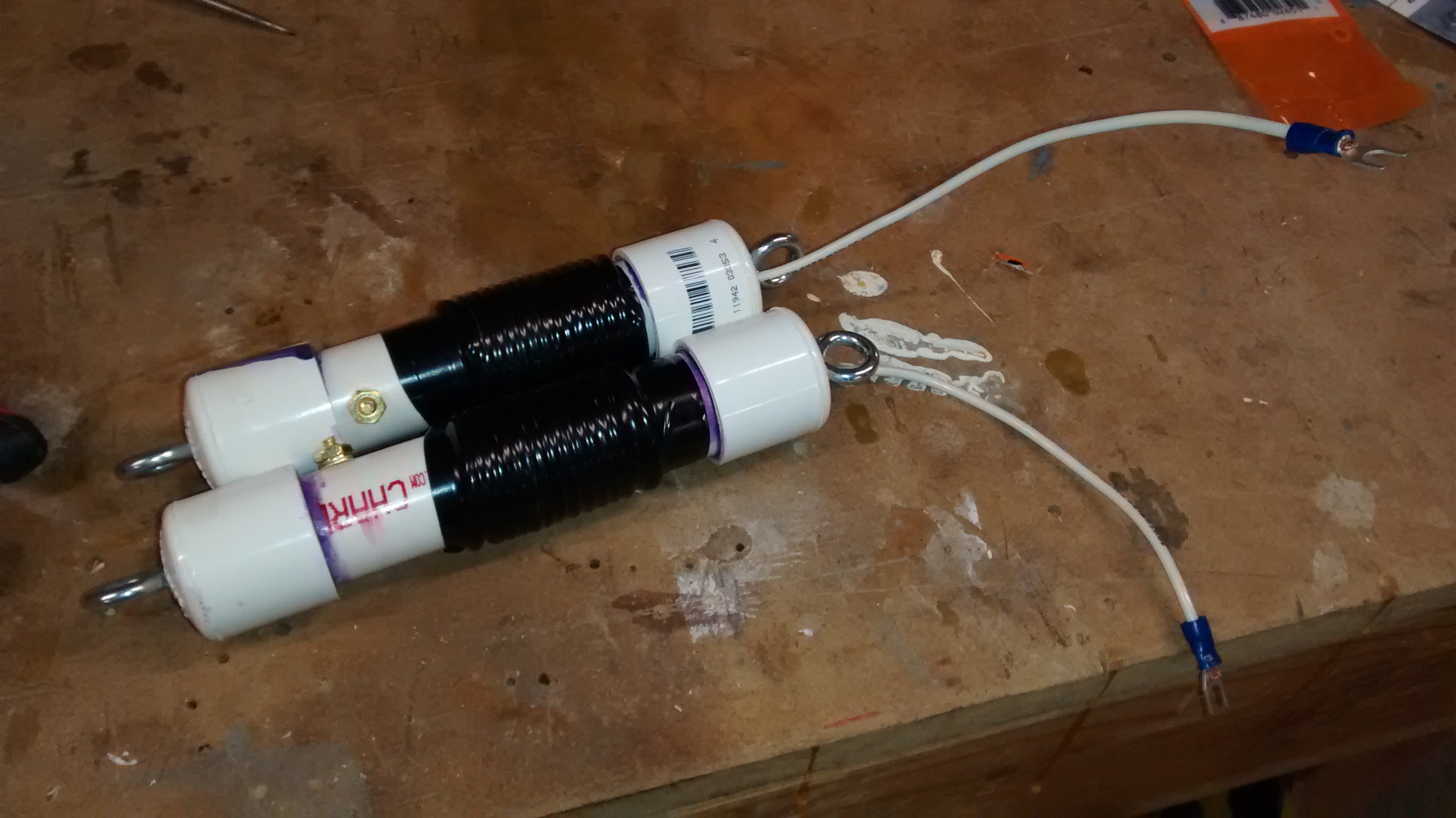

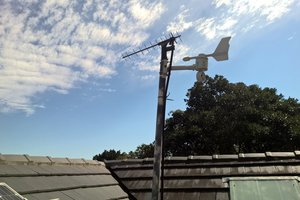
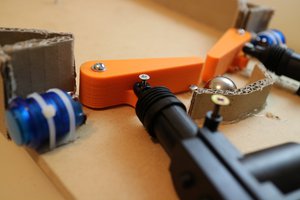
 Chris Mitchell
Chris Mitchell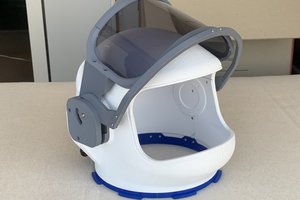
 Tobias
Tobias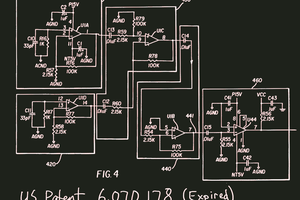
 Tom Anderson
Tom Anderson
That is one heck of a radio here, brother. Impressive of you to build this level of radio by yourself! I bet there are chumps that would like to delve into the world of tech, radio and all kind of microcomputer staff if only they had time and used http://essaylab.co.uk/ to get essays in a short amount of time and by professionals no less. I'm sure they would find this useful.